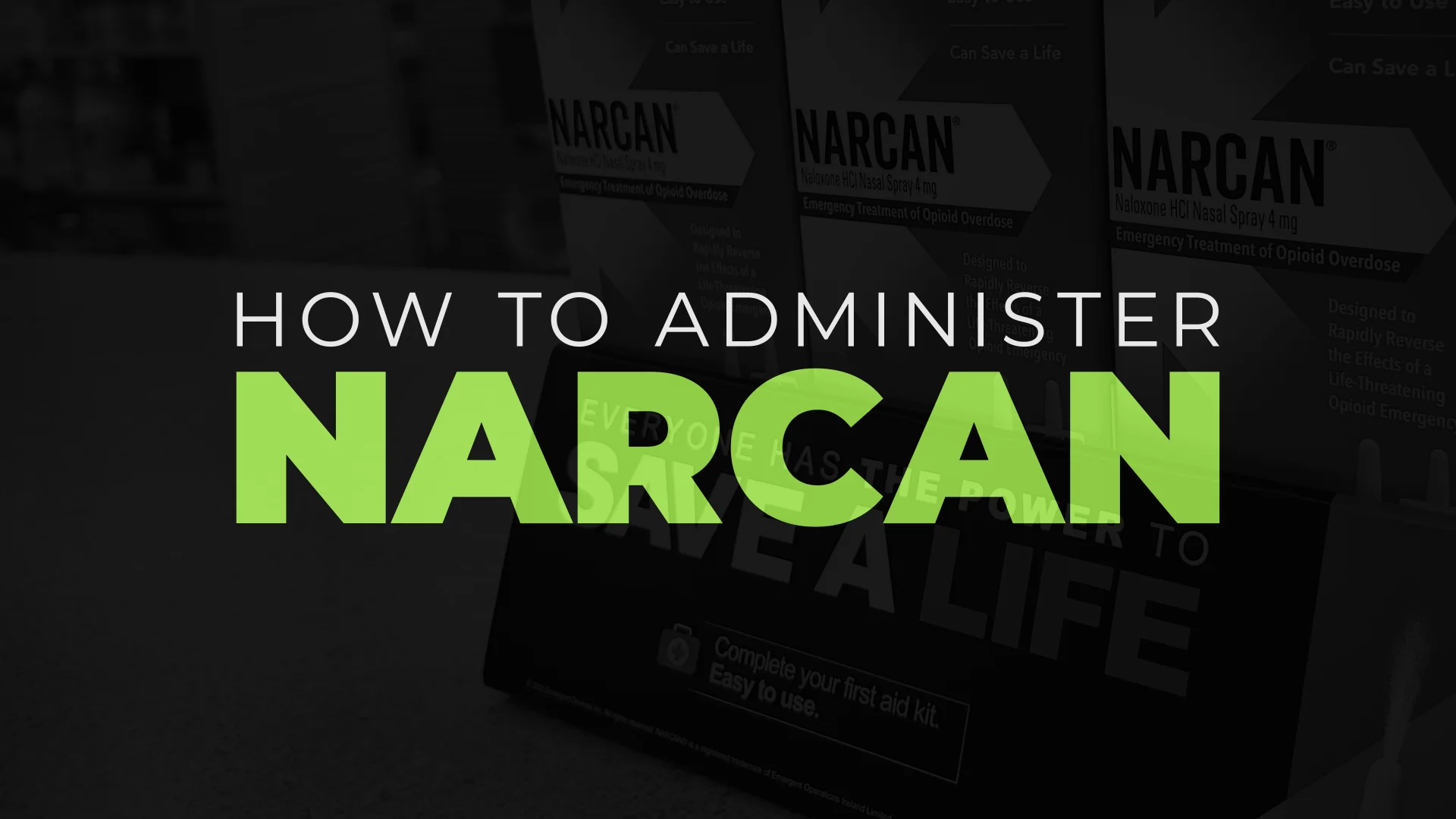NARCAN®: A Weapon in the Fight Against Opioid Overdoses
Narcan, also known as naloxone, is a medication that rapidly reverses an opioid overdose by blocking the effects of opioids in the body. It comes in easy-to-use nasal sprays and can be administered by anyone in an emergency.
Watch the video below to learn how YOU can save a life.
The Facts About NARCAN®
You can't get into trouble:
Good Samaritan laws protect people who administer Naloxone during an overdose from lawsuits and criminal charges. These laws often extend protection to those who call 911 for an overdose, preventing arrest solely for drug possession or paraphernalia.
Signs of an opioid overdose:
- Face is extremely pale and/or clammy to the touch.
- Body is limp.
- Fingernails or lips have a blue or purple cast.
- Vomiting or making gurgling noises.
- Cannot be awakened from sleep or is unable to speak.
- Breathing is very shallow or stopped.
- Heartbeat is very slow or stopped.
NARCAN® (Naloxone) is safe
There's no risk of addiction to naloxone, and because it's not a controlled substance, it has no street value or potential for misuse. The safety extends to all ages, making it suitable for administering to anyone from infants to adults. It's important to remember, however, that naloxone only works for opioid overdoses. If someone is overdosing on another substance, it won't be effective. Lastly, while very safe, calling 911 immediately after administering naloxone is still crucial. The potential to save a life in an overdose far outweighs the minimal risks associated with naloxone itself.





